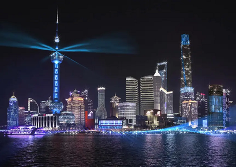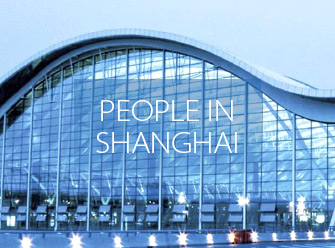Shanghai FTZ proves a model for success
It has become a blueprint for success and a model for economic growth.
Rolled out in September 2013, the China (Shanghai) Pilot Free Trade Zone was the first of its kind.
Since then, it has been a major driver for economic expansion in the city and across the country.
"The Shanghai FTZ became a national test model - it was not just a local initiative," says Weng Zuliang, Party secretary of Pudong.
Eye-popping numbers illustrate the achievements of the zone during the past three-and-a-half years.
The Shanghai FTZ has expanded to 120.72 square kilometers from its original size of 28.78 sq km. Last year, it produced 75 percent of GDP for the Pudong New Area, where it is situated.
It also accounted for one-fourth of the city's GDP.
Statistics also showed that the "negative list" for foreign investment has been dramatically reduced, while the number of newly registered companies increased to more than 40,000 since 2013.
This equaled the total number posted in the two decades before the trade zone was launched.
"During the past three-and-a-half years, Shanghai FTZ has made major strides in investment, trade, financial reform and the change of government functions," says Weng.
Data revealed that the time needed for clearance of imported container goods and airfreight has been reduced by 25 percent and 11 percent, respectively.
More than 60,000 free trade accounts are also in operation, serving more than 27,000 domestic and overseas companies in about 110 countries and regions.
 Contact Us
Contact Us

 Brilliant light show to illuminate Huangpu River
Brilliant light show to illuminate Huangpu River Maple leaves paint splendid scenery in Pudong
Maple leaves paint splendid scenery in Pudong Appreciate alluring lotus blossoms in Pudong's Century Park
Appreciate alluring lotus blossoms in Pudong's Century Park New pedestrian street boosts Pudong's night economy
New pedestrian street boosts Pudong's night economy 


